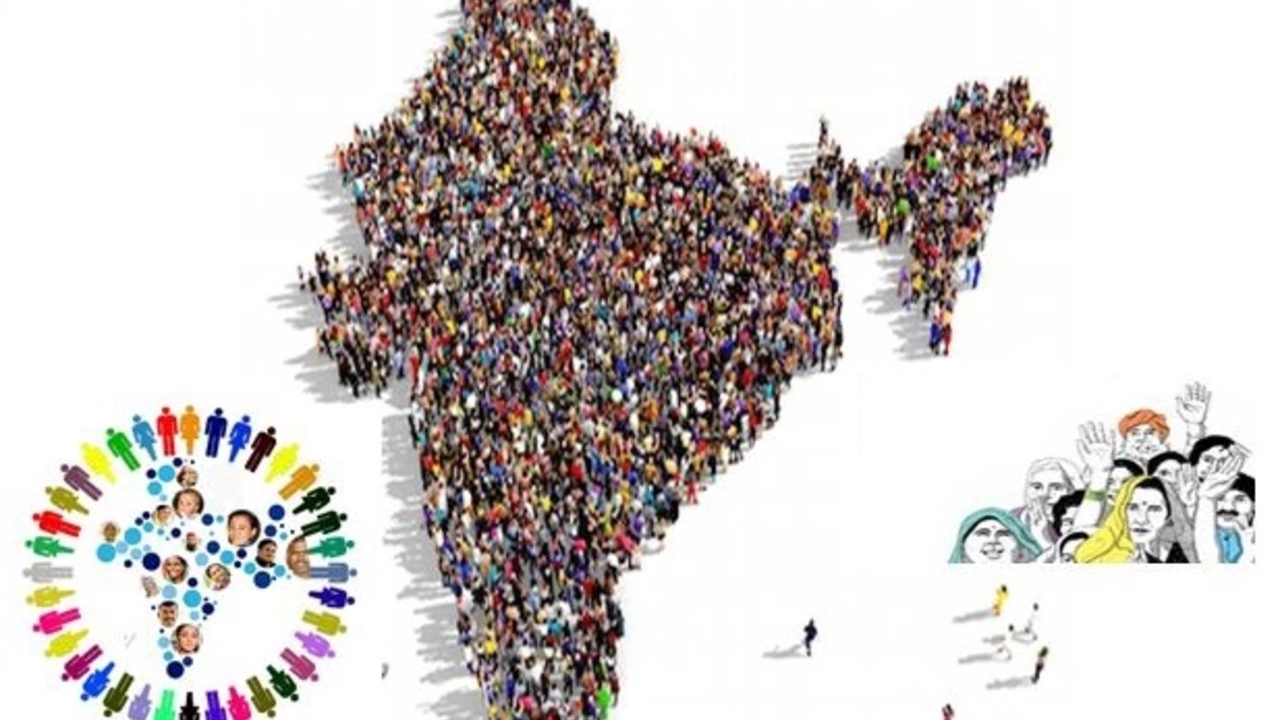India's population is absolutely booming, and it's like a never-ending festival over there! It's all because of an exquisite mix of factors - the country's youthful age structure, declining mortality rates, and cultural norms favoring large families. It's as if Mother Nature took one look at India and said, "You know what? I think I'll throw a party, and everyone's invited!" So, let's not forget, folks, behind these numbers are vibrant, diverse people, just like you and me. India, with its bustling, teeming masses, is just living life in high density!
Population Growth: What’s Happening and Why It Matters
Ever wonder why some countries are bustling with new faces while others seem to have stopped growing? That’s population growth in action. It’s not just a number on a chart – it affects jobs, housing, food, and even the weather you feel outside.
At its core, population growth is the change in the number of people living in a place over time. Births, deaths, and migration are the three drivers. When births outpace deaths and more folks move in than out, the count goes up. Flip it, and you get a shrinking or stable population.
Key Drivers You Should Know
Birth rates. Countries with high fertility – think many parts of Africa and South Asia – see the fastest rises. Policies, culture, and access to family planning all play a part.
Mortality rates. Better healthcare, clean water, and nutrition mean people live longer. This pushes the numbers up, especially in places where child mortality has dropped dramatically.
Migration. People move for jobs, safety, or education. When a city attracts workers, its growth spikes. Conversely, a region losing people to brain‑drain can see a slowdown.
Why It Impacts Your Everyday Life
More people mean bigger demand for housing, schools, and hospitals. If growth outpaces planning, you might notice crowded streets or higher rents. On the flip side, a declining population can lead to empty neighborhoods and fewer services.
Economically, a growing workforce can boost production and innovation, but only if there are enough jobs. Too many job seekers and not enough openings can trigger unemployment spikes.
Environmental pressure is another biggie. More consumers mean more waste, higher energy use, and bigger strain on water supplies. That’s why many experts tie population trends to climate talks.
If you’re curious about your own area, start by checking the latest census data or local government reports. They often break down growth by age groups, giving clues about future school enrollment or senior‑care needs.
Want to keep up without digging through dense reports? Follow reliable news sources, sign up for newsletters, or use apps that track demographic shifts in real time. Short updates can help you spot trends before they become headlines.
Bottom line: population growth isn’t just a statistic; it’s a driver of change that touches everything from the price of a cup of coffee to the policies shaping your community. Stay informed, ask questions, and you’ll see how the numbers translate into real‑world impacts.
